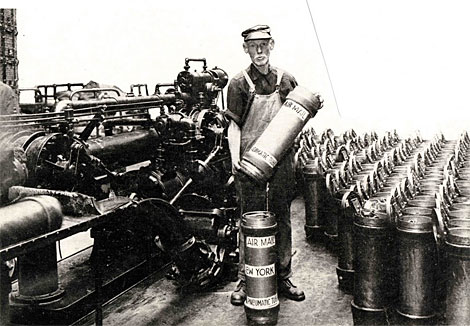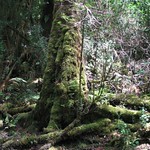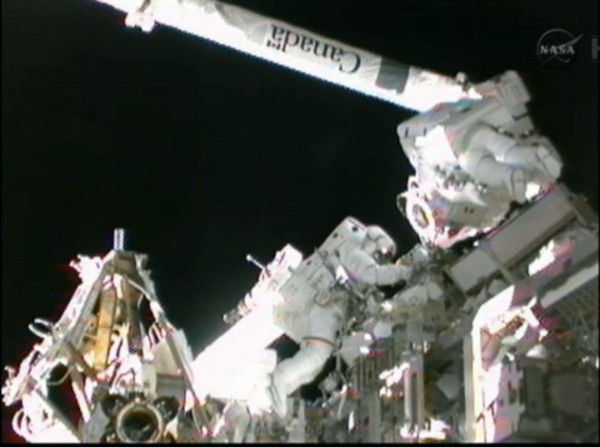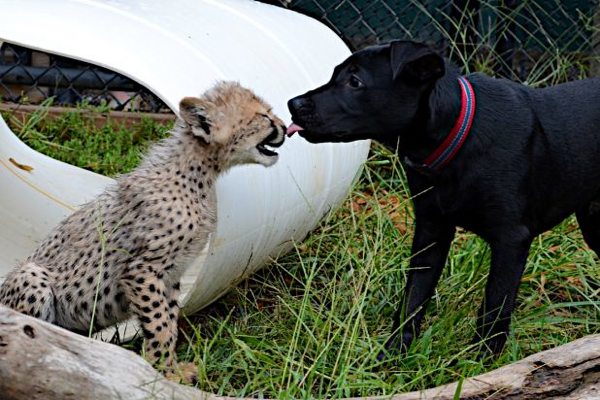 Is there a link between sleeping patterns and dementia?
Is there a link between sleeping patterns and dementia?
Problems sleeping may be an early sign of Alzheimer's if a study in mice also applies to people, say researchers.
Clumps of protein, called plaques, in the brain are thought to be a key component of the illness.
A study,
published in the journal Science Translational Medicine, showed that when plaques first developed, the mice started having disrupted sleep.
Alzheimer's Research UK argued that if the link was proven it could become a useful tool for doctors.
The hunt for early hints that someone is developing Alzheimer's is thought to be crucial for treating the disease.
People do not show problems with their memory or clarity of
thought until very late on in the disease. At this point, parts of the
brain will have been destroyed, meaning treatment will be very difficult
or maybe even impossible.
'Detectable sign'
It is why researchers want to start early, years before the first symptoms.
If sleep abnormalities begin this
early in the course of human Alzheimer's disease, those changes could
provide us with an easily detectable sign of [the disease]”
Prof David Holtzman
One large area of research is in plaques of beta amyloid which form on the brain.
Levels of the beta amyloid protein naturally rise and fall
over 24 hours in both mice and people. However, the protein forms
permanent plaques in Alzheimer's disease.
Experiments at Washington University showed that nocturnal
mice slept for 40 minutes during every hour of daylight. However, as
soon brain plaques started to form the mice were sleeping for only 30
minutes.
One of the researchers, Prof David Holtzman, said: "If sleep
abnormalities begin this early in the course of human Alzheimer's
disease, those changes could provide us with an easily detectable sign
of [the disease]."
"If these sleep problems exist, we don't yet know exactly
what form they take, reduced sleep overall or trouble staying asleep or
something else entirely."
However, findings in mice do not always apply to people as there are many reasons for disrupted sleep.
Dr Marie Janson, from the charity Alzheimer's Research UK,
called for more studies in people to see if there was a link between
sleeping patterns and Alzheimer's.
She added: "There has already been research linking changes
in sleep patterns to a decline in thinking skills, but these results
suggest that disrupted sleep may also be a warning sign of Alzheimer's.
"If research confirms specific sleep changes as a possible
early marker of Alzheimer's, it could prove a useful strategy for
doctors to identify patients at risk of the disease."
















 Too bad they shut it down. How cool would it be to get mail with a stamp
that says: "Received through Pneumatic Tubes in bad order?"
Too bad they shut it down. How cool would it be to get mail with a stamp
that says: "Received through Pneumatic Tubes in bad order?"




 What
makes a rainforest? Millions of things, living and dead and inanimate,
but perhaps most importantly of all, rain. Rain, obviously, comes from
clouds, and clouds come from.... fungi? Maybe so, according to an essay
in TIME based on research published recently in the journal Science, which explores the intricate relationship between a rainforests's unique weather and the flora and fauna that rely on it.
What
makes a rainforest? Millions of things, living and dead and inanimate,
but perhaps most importantly of all, rain. Rain, obviously, comes from
clouds, and clouds come from.... fungi? Maybe so, according to an essay
in TIME based on research published recently in the journal Science, which explores the intricate relationship between a rainforests's unique weather and the flora and fauna that rely on it.





 Michelle Curley runs online media for the
Michelle Curley runs online media for the 
